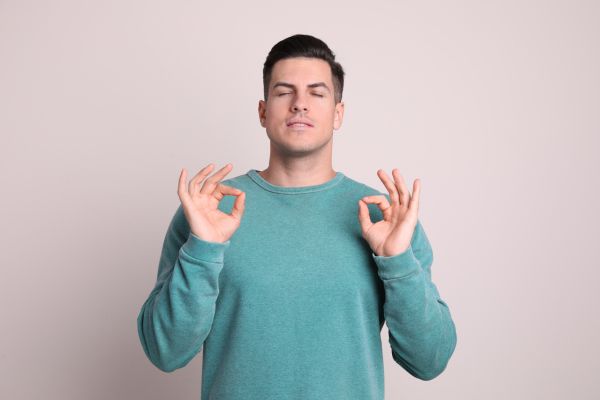This article will share 30 stories of building better habits in a single sentence. They aren’t all one sentence long, but they are short.
None of these stories is mine. These stories were submitted by Atomic Habits readers. These examples are intended to show how people actually put the book into action. These examples will help you see how people actually build healthy habits and break bad ones. They may also inspire you with ideas on how to do the same.
I have divided the stories into sections that correspond roughly to the different ideas or sections of the book.
Habits based on identity
The book’s central idea is to build “identity-based behaviors”, which basically means that you should focus on who you want to be, rather than what you want to achieve.
Roland, a reader, used the idea in an effort to change his eating habits.
He wrote, “I stopped eating unhealthy foods via identity change.” It was difficult to stop eating unhealthy food in the past. But it became natural after I made the conscious decision to eat healthy. Instead of trying to stop eating unhealthy food, I changed my mindset and now I am someone who eats well and leads a healthy lifestyle. It changes the way you look at things.
Change the cues
You can also change your habits by changing the cues that lead to it. Many readers have already done this.
Lisa, a woman from California, developed a reading habit through increasing her exposure and reading. She said that she has read more books because she kept 20-30 books in her library’s hold. It saves time browsing for books. With a three-week deadline, I always have new books to read.
Heather used a similar strategy in order to reinforce her simple habit of drinking water more often. I use color and place to remind me and motivate. I filled a bright aqua waterbot with water, my favorite color, and put it on my nightstand so it wouldn’t be missed when I woke up.
Habit Stacking
Another strategy that is very popular in the book I refer to as “habit stacking” and it’s a strategy that I learned from B.J. Stanford. Fogg. Fogg refers to it “anchoring”, because you anchor or stack your new habit onto an existing habit.
One reader used habit-stacking to create a simple rule that would help him learn a new language.
“When I moved to China, I made a commitment to have a conversation every time I got into a taxi. I took 5+ daily cab rides. It was a 2 year process, no matter what time it was or how tired I was. I can now speak fluent Chinese.”
Environment Design, Part I
In the past, I have written extensively about the power and importance of architecture choice. Our environment can often influence our behavior. This fact is being used by many readers to their advantage by implementing some of the environment design strategies I discuss in the book.
You can start by changing the environment to encourage friction.
Cyd, a woman from California, cut down on her snacking habits by using the following strategy. My husband loves his Pringles as much as I do, but now they are kept in a locked car and parked outside in the cold. It works!
Many readers are now learning to get up earlier.
Daniel, a reader, told me that he jumps out of bed every morning with no hesitation. Why? Scanning a QR code I keep in my bathroom is the only way to turn off my alarm. This worked miracles for me.
Environment Design, Part II
We tend to think of designing physical spaces. However, you can also use these principles to create your digital environment. Matthew, a reader, wrote me to say that he had drastically reduced his Instagram time. Logging out of the app can make a huge difference.
Viet, another reader, went further. Viet said, “I used my laziness to my advantage with my bad habit in browsing Facebook. I was unable to get back on Facebook after I deleted Facebook and had to log in manually.
Environment Design, Part III
You can also encourage good habits by reducing friction in your environment. Natalie began to pick up her clutter and developed better cleaning habits by reducing the distance between her and her laundry basket. I stopped leaving my socks on the floor and put a basket next to the door for them to be collected in.


